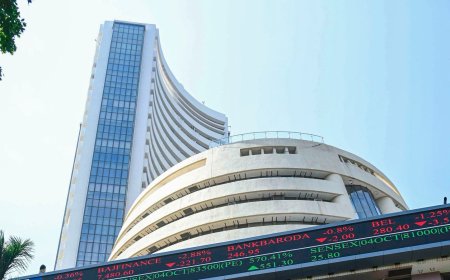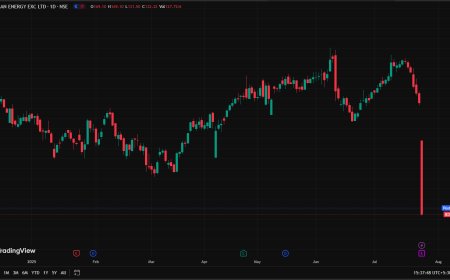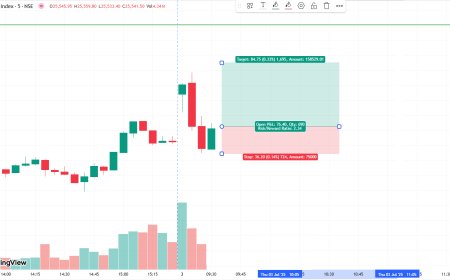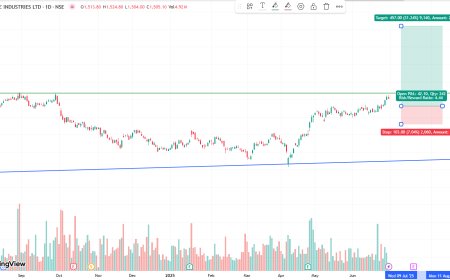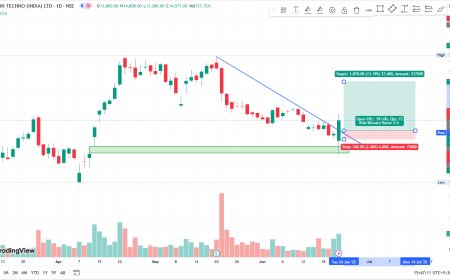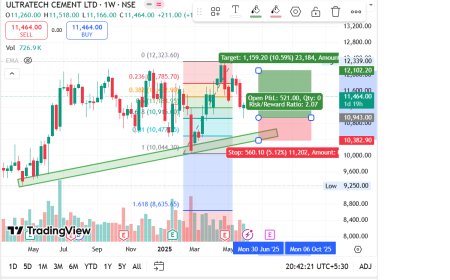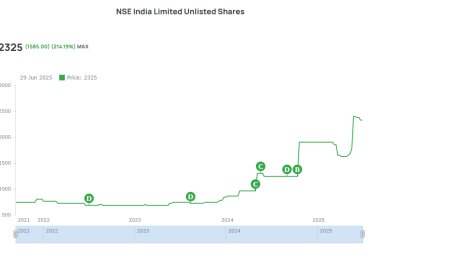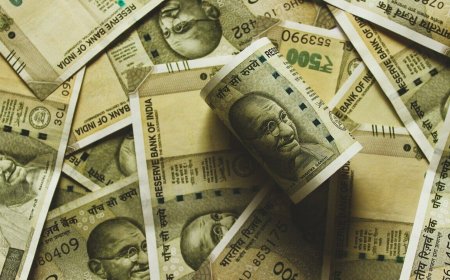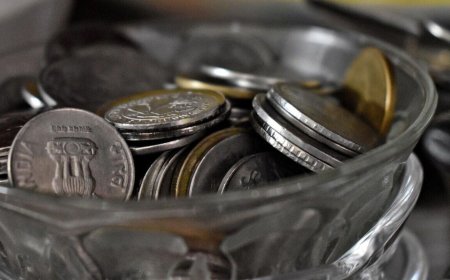India’s Forex Reserves Cross $690.6 Billion Mark After $4.5 Billion Weekly Surge
ndia’s forex reserves soared by $4.5 billion to touch a new high of $690.6 billion for the week ended May 9. Find out the key drivers behind the surge and what it means for the rupee and economic stability.
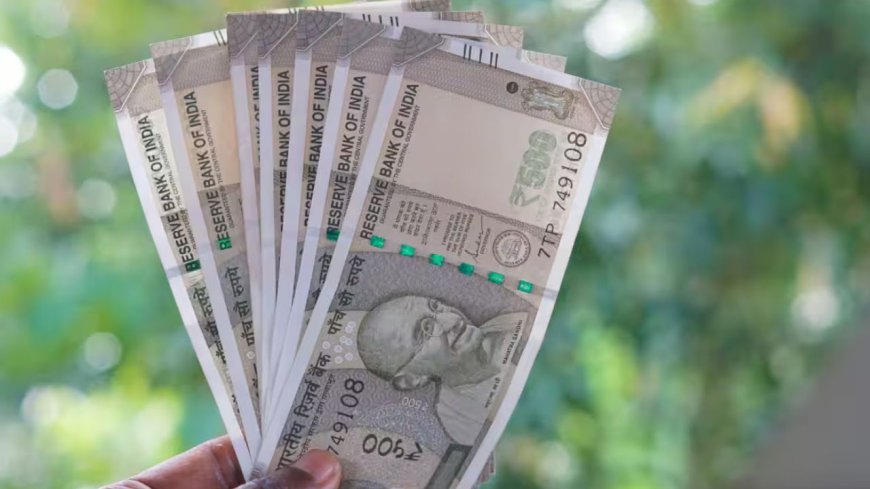
India's Forex Reserves Surge by $4.5 Billion to Cross $690.6 Billion Mark: A Fresh Milestone in Economic Fortification
Introduction: Forex Reserves Touch a New Milestone
India’s foreign exchange reserves have scaled a new peak. According to the Reserve Bank of India (RBI), the country’s reserves surged by $4.5 billion, reaching $690.6 billion in the week ending May 9, 2025. This level marks one of the highest foreign exchange buffers India has ever held, reinforcing the country’s macroeconomic position at a time when global uncertainty still looms.
This growth is not just a positive headline—it’s a meaningful signal to global investors, credit rating agencies, and policy watchers alike. It reflects India’s improved balance of payments, strong capital inflows, and central bank prudence.
Key Highlights from RBI’s Weekly Data
The RBI’s Weekly Statistical Supplement outlined the composition of this latest boost:
-
Total Forex Reserves: $690.6 billion (as of May 9, 2025)
-
Weekly Increase: $4.549 billion
-
Foreign Currency Assets (FCA): Up by $3.47 billion to $641.2 billion
-
Gold Reserves: Rose by $1.1 billion to $54.3 billion
-
Special Drawing Rights (SDRs): Marginal rise to $18.6 billion
-
IMF Reserve Position: Slight increase to $16.5 billion
Each of these components has contributed to the larger forex narrative—India's economic stability and rising investor confidence.
Understanding Forex Reserves and Their Significance
Forex reserves are external assets held by a country's central bank in foreign currencies, primarily U.S. dollars, along with gold, SDRs, and IMF positions. These reserves serve as a financial safety net and provide the central bank with firepower to:
-
Stabilize the domestic currency (INR)
-
Meet international obligations
-
Finance imports during global trade disruptions
-
Bolster investor sentiment during periods of capital flight
-
Hedge against geopolitical or financial market risks
In India's case, growing reserves translate to a stronger financial firewall against global uncertainties like rising oil prices, dollar appreciation, or monetary tightening by the U.S. Federal Reserve.
What Led to This Jump? Dissecting the Drivers
India’s latest reserve build-up was driven by a blend of market, policy, and valuation factors. Let’s examine them one by one.
1. Foreign Portfolio Inflows (FPIs) on the Rise
India witnessed sustained equity and debt inflows during the first half of May. With foreign investors becoming bullish on India due to its political stability and economic momentum, FPIs have been pouring capital into domestic markets. This trend has directly contributed to the increase in foreign currency assets.
2. Revaluation Gains Amid Dollar Weakness
A weaker U.S. dollar in the global currency market has caused a positive valuation effect on RBI’s non-dollar reserves, such as those denominated in euros, yen, and pounds. When converted into dollars, these assets reflect higher values—helping lift the overall reserve figure.
3. Gold Reserves Appreciation
Global gold prices have remained buoyant amid inflation fears and central bank buying. With India holding a significant portion of its reserves in gold (estimated at 800+ tonnes), any appreciation directly boosts the total forex count.
4. Steady Remittance and Export Receipts
India continues to top global remittance charts, thanks to a strong overseas diaspora. Inflows from NRIs, along with stable export earnings from pharmaceuticals, IT services, and textiles, have helped reinforce the current account position.
Implications for the Indian Rupee (INR)
The rising forex chest plays a crucial role in defending the rupee, which has traded within the 82.80–83.30 range versus the U.S. dollar. With the RBI occasionally intervening in the spot and forward markets to smoothen volatility, the reserve buffer gives it enough firepower.
If oil prices rise or capital outflows accelerate, the RBI can draw on this stockpile to contain rupee depreciation and reduce panic-driven selling in the financial markets.
Gold: The Strategic Component of the Forex Arsenal
India’s gold reserves increased by over $1.1 billion during the week, a testament to the central bank’s diversification strategy. Gold now accounts for nearly 7.8% of total reserves. This is significant because:
-
Gold prices tend to rise during global crises
-
It acts as a non-correlated hedge against currency depreciation
-
It enhances RBI’s reserve mix diversity
As central banks globally continue to pivot back to gold, India remains aligned with the trend, cementing its position among the top 10 gold-holding countries.
Historical Context: Where Does This Rank?
Let’s compare the current reserve figure to previous benchmarks:
| Time Period | Forex Reserves (USD bn) |
|---|---|
| May 9, 2025 | 690.6 |
| Jan 2024 | 633.5 |
| Oct 2023 | 610.3 |
| Sep 2022 | 546.4 |
| Aug 2021 | 642.45 (then record) |
The current level is India’s highest ever, eclipsing even the pre-pandemic peak. It also moves India closer to surpassing $700 billion, a milestone that would have deep symbolic and strategic importance.
Global Comparisons: Where Does India Stand Now?
| Country | Forex Reserves (USD bn) | Global Rank |
|---|---|---|
| China | 3,200+ | 1st |
| Japan | 1,200+ | 2nd |
| Switzerland | ~900 | 3rd |
| India | 690.6 | 4th |
| Russia | ~580 | 5th |
India now ranks 4th globally in terms of reserve holdings and is comfortably ahead of countries like South Korea, Brazil, and Saudi Arabia.
Risks to Watch: Not All That Glitters
While the reserves surge is encouraging, it comes with caveats:
-
Overreliance on FPI flows could lead to sudden reversals if global risk appetite wanes
-
Oil price volatility still poses a threat to India’s import bill
-
Geopolitical shocks, especially involving trade routes or sanctions, can dent trade earnings
However, India’s consistent fiscal management, stable inflation, and broad-based growth mitigate these concerns to a large extent.
Expert Commentary: What Analysts Are Saying
“India’s foreign exchange build-up is a reflection of macro strength, not just capital market euphoria. The RBI has struck a fine balance between intervention and market freedom,”
— Devika Mehra, Head of Currency Strategy, Edelweiss Capital
“Crossing $690 billion puts India in a league of its own. It allows us to negotiate better trade terms, manage external shocks, and boost our credit profile globally,”
— Karan Talwar, Economist, ICICI Securities
Outlook: Is the $700 Billion Mark Within Reach?
Looking ahead, the path to $700 billion seems feasible by mid-2025 if:
-
FPIs continue to favor Indian assets
-
Trade surpluses remain healthy
-
Global monetary tightening eases further
-
Gold and other reserve assets continue appreciating
Such a scenario would provide the RBI with even greater confidence to liberalize capital accounts, strengthen the rupee’s international profile, and potentially gradually internationalize the INR.
A Testament to Economic Resilience and Policy Prudence
India’s forex reserves crossing $690.6 billion is more than just a statistic—it is a clear message to the world. It tells investors that India is better equipped than ever to handle global shocks, that its macroeconomic fundamentals are strong, and that its central bank is ahead of the curve in managing external vulnerabilities.
In an increasingly multipolar financial world, where emerging economies must fend for themselves, India’s deepening reserve position adds to its credibility, capability, and confidence.
What's Your Reaction?
 Like
0
Like
0
 Dislike
0
Dislike
0
 Love
0
Love
0
 Funny
0
Funny
0
 Angry
0
Angry
0
 Sad
0
Sad
0
 Wow
0
Wow
0




